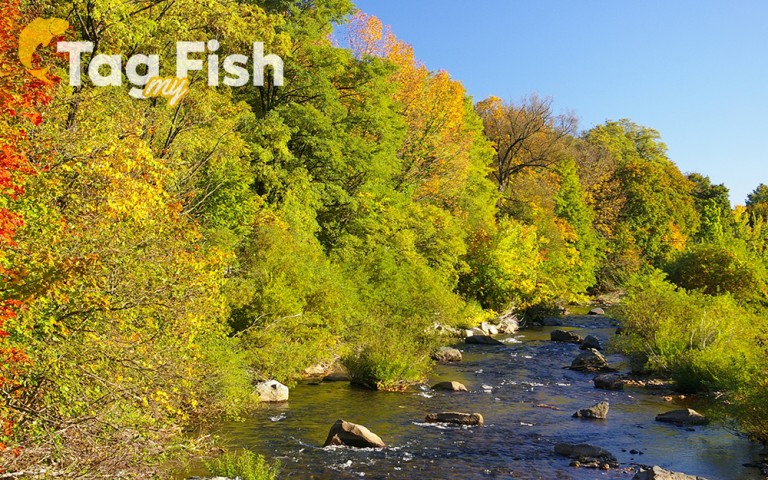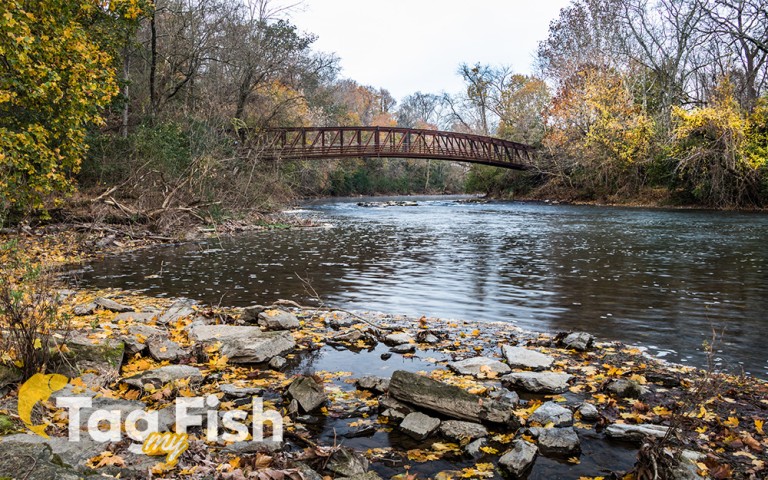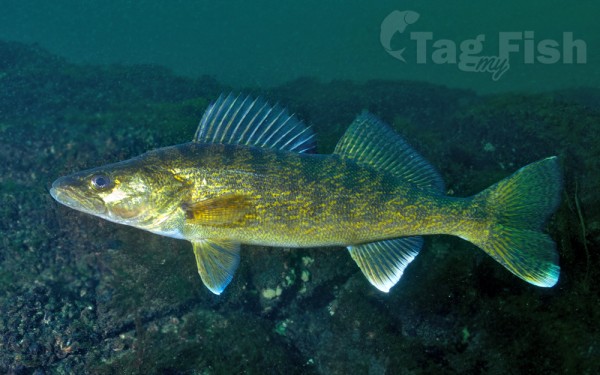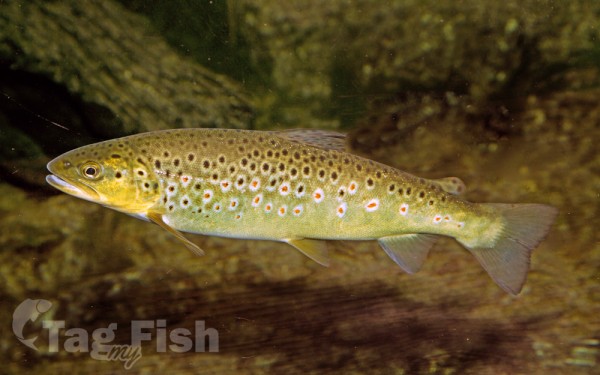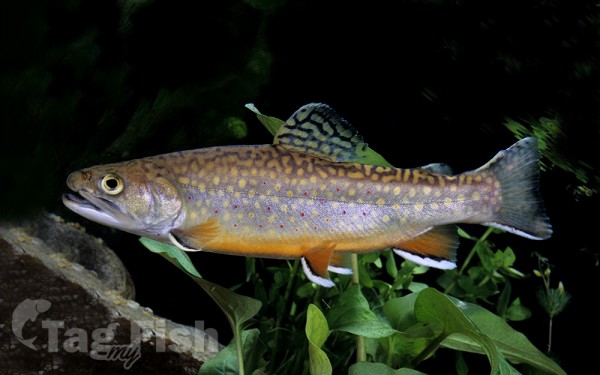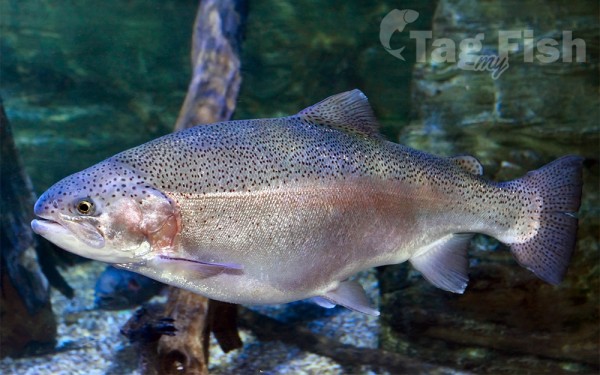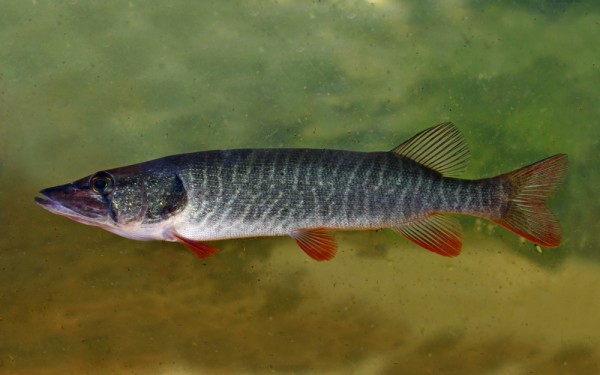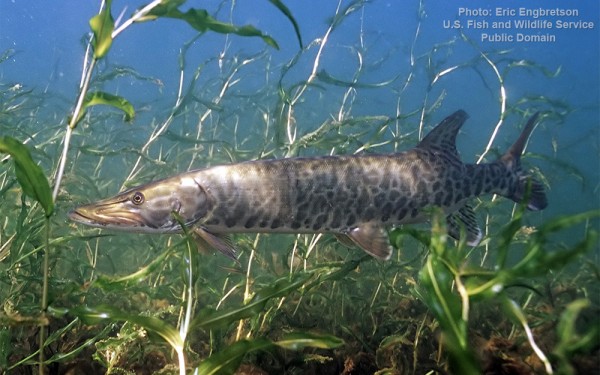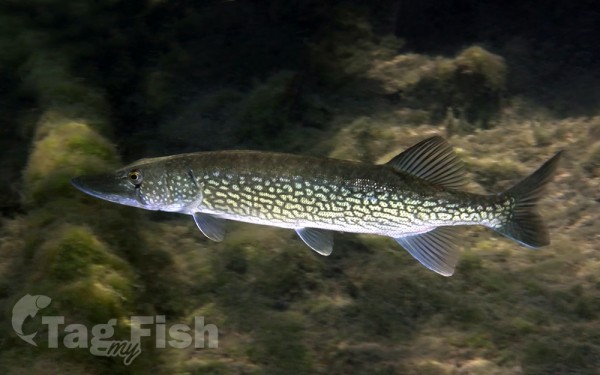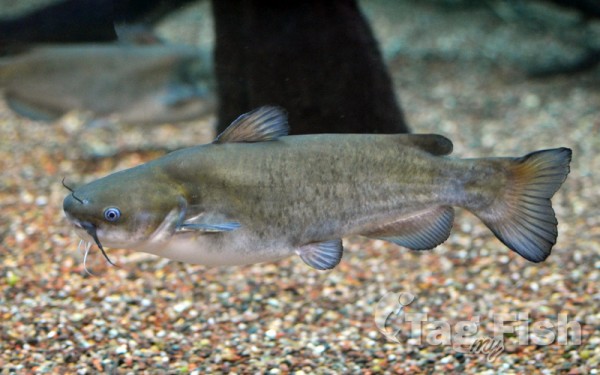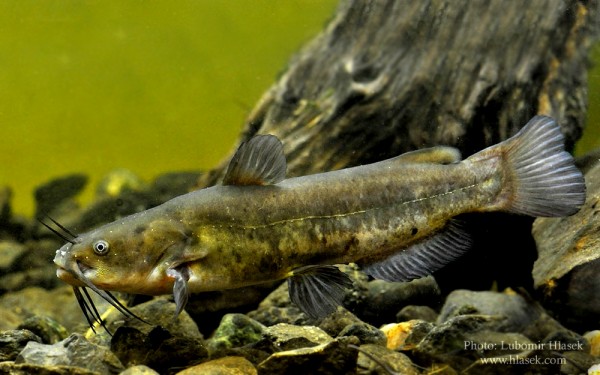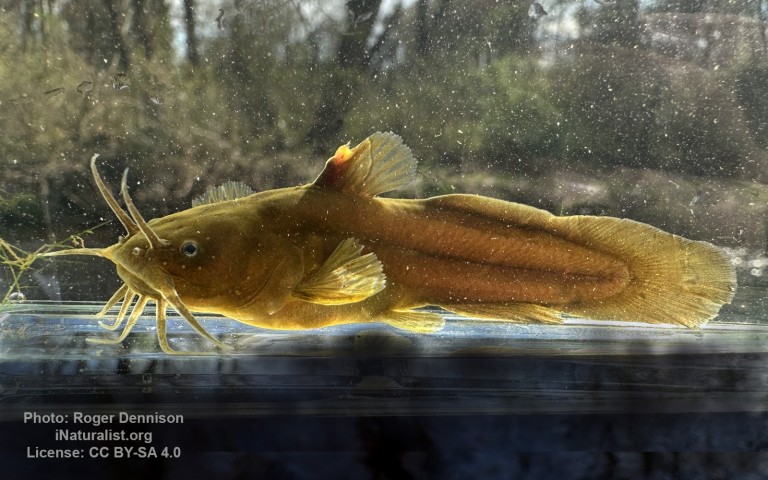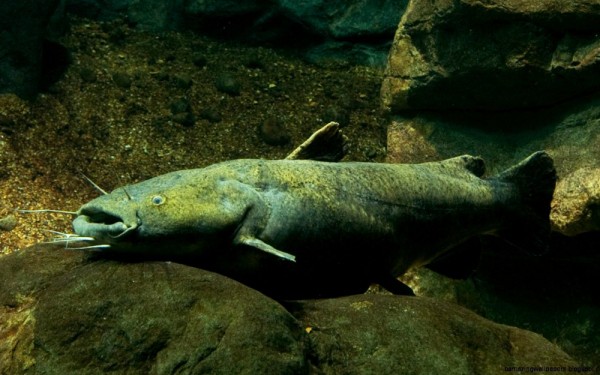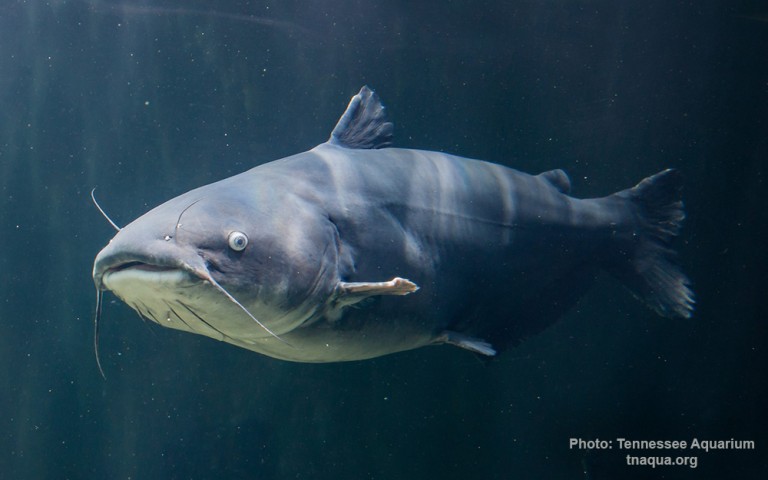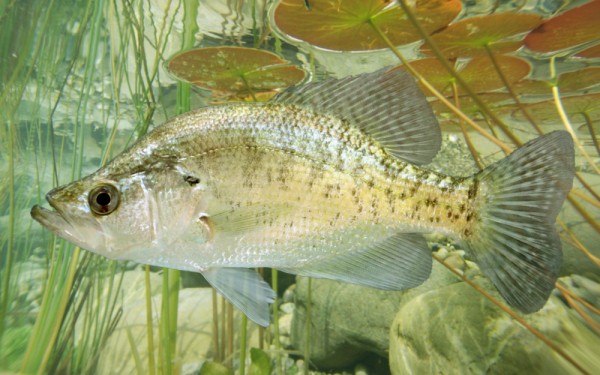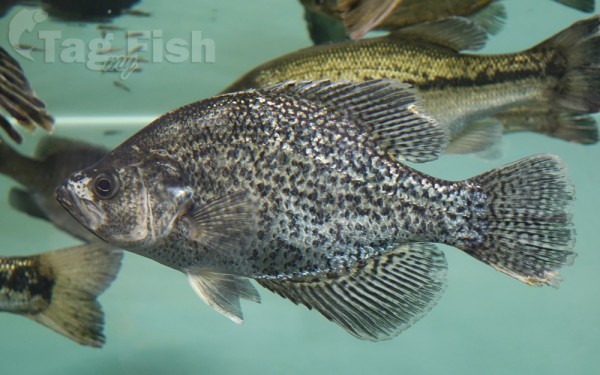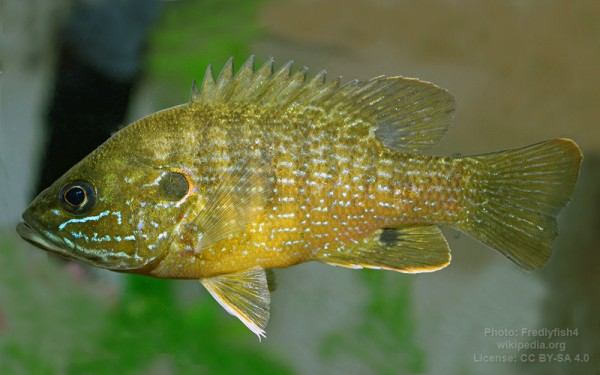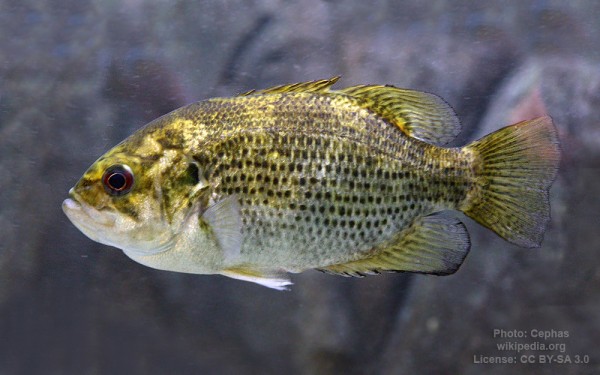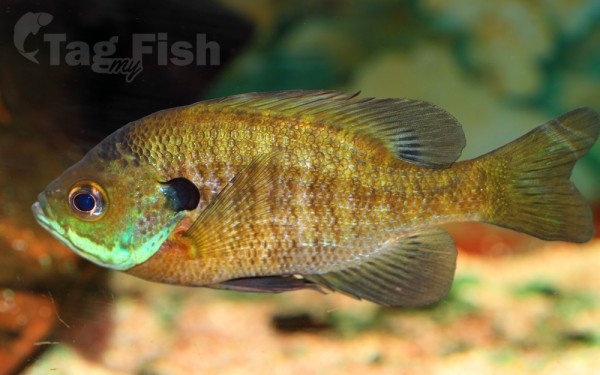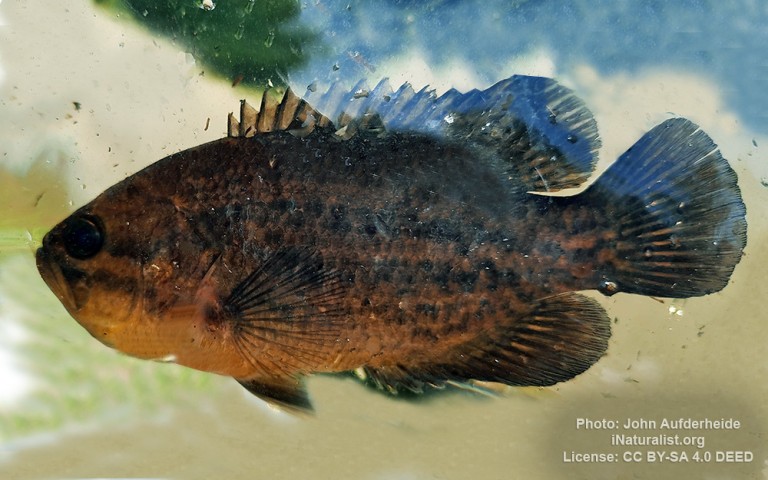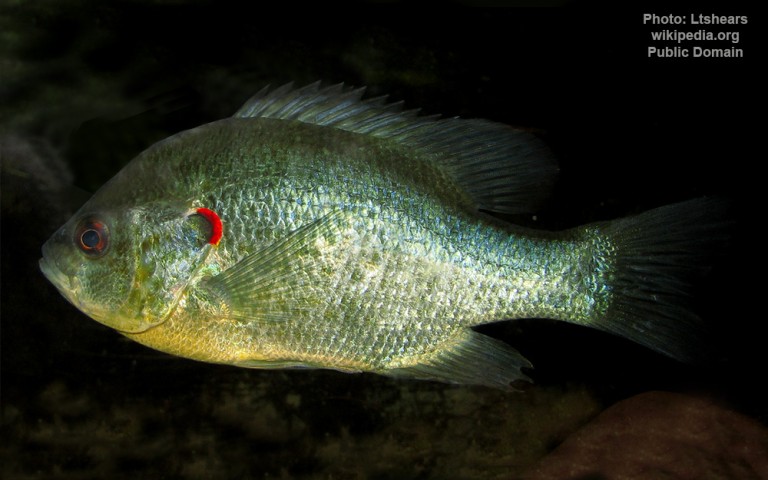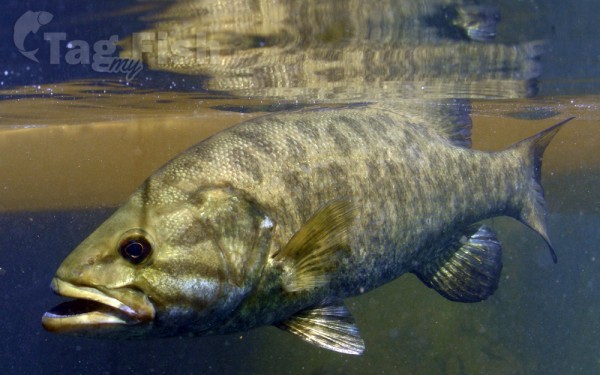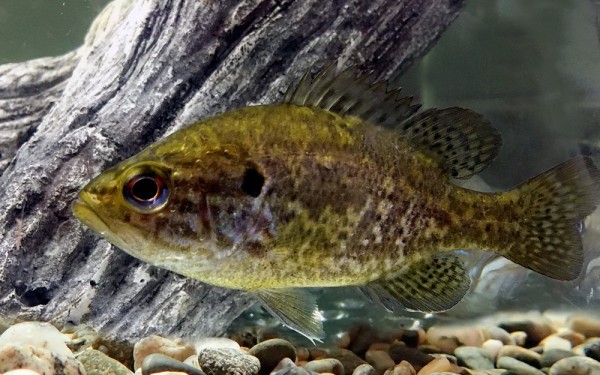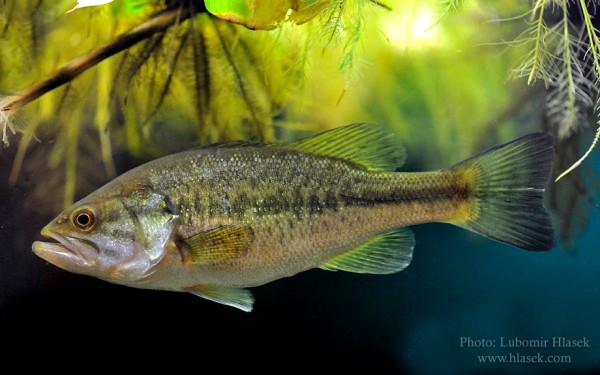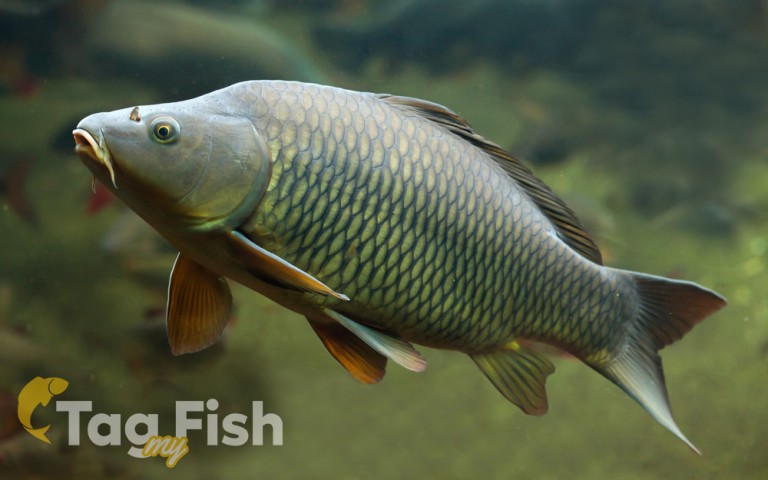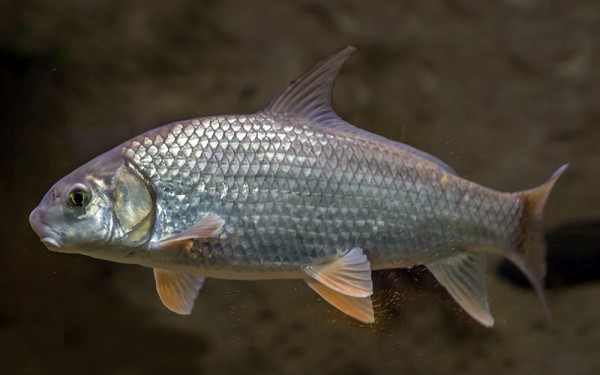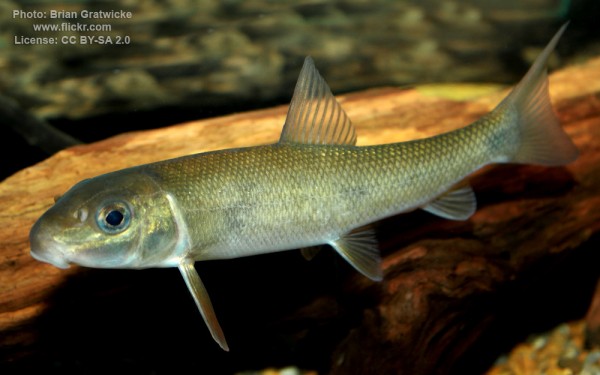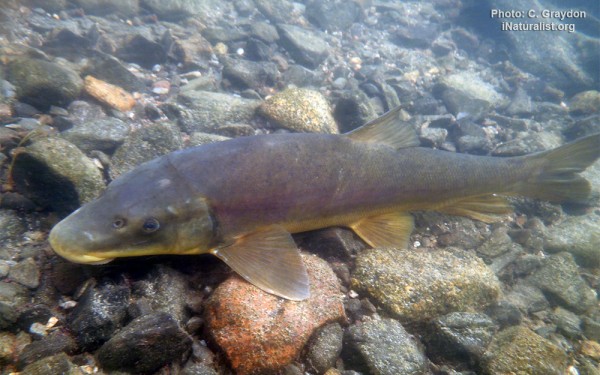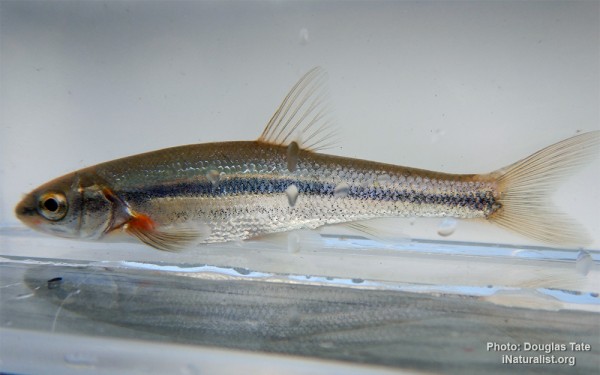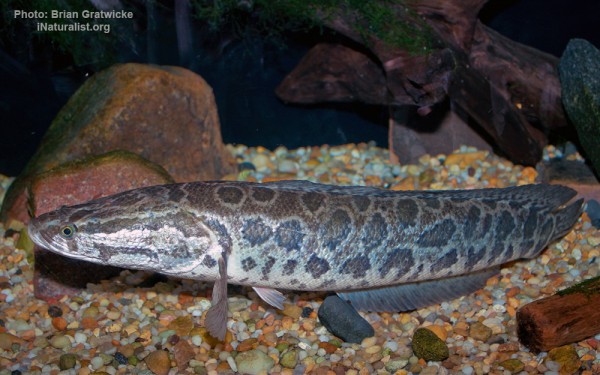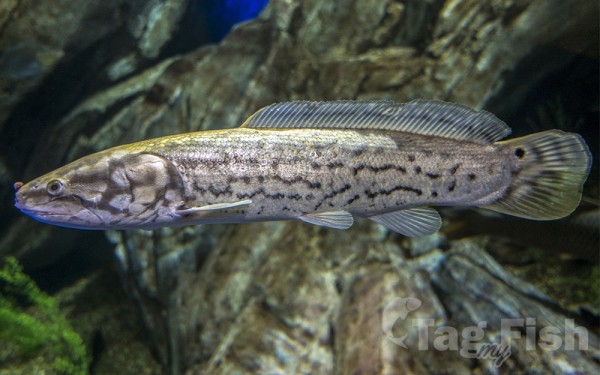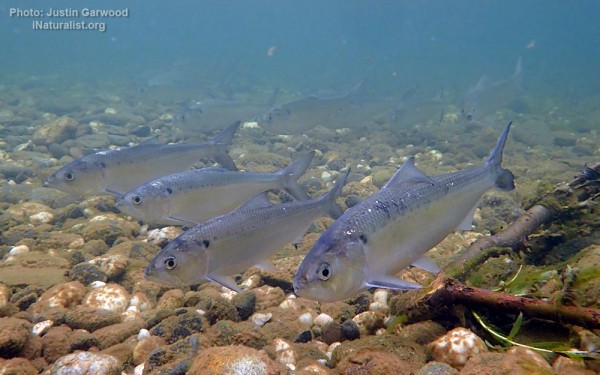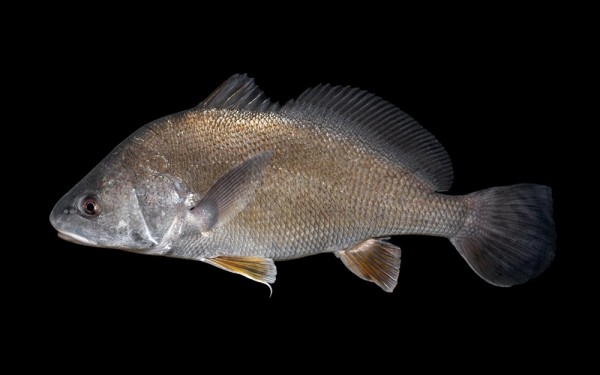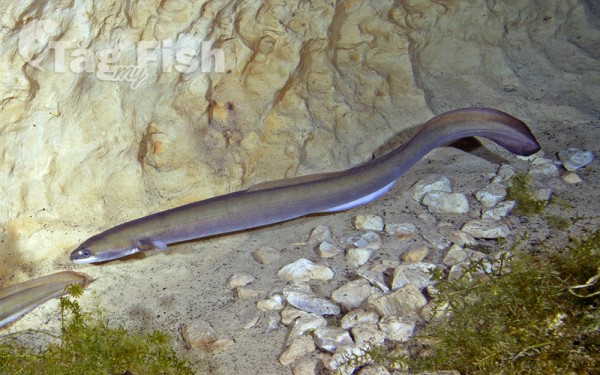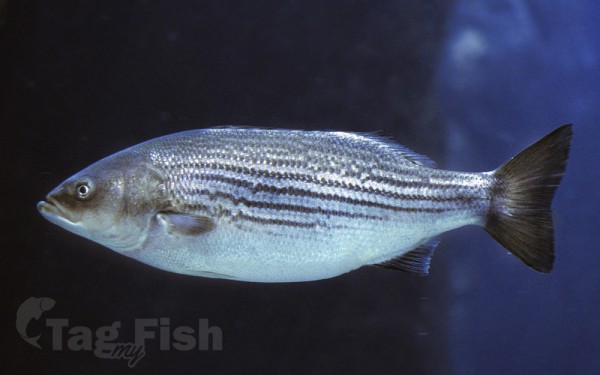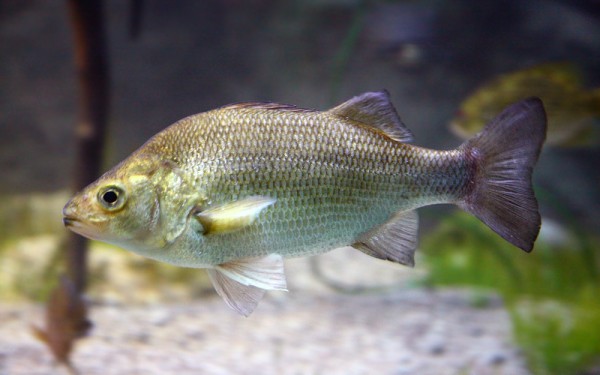Schuylkill River
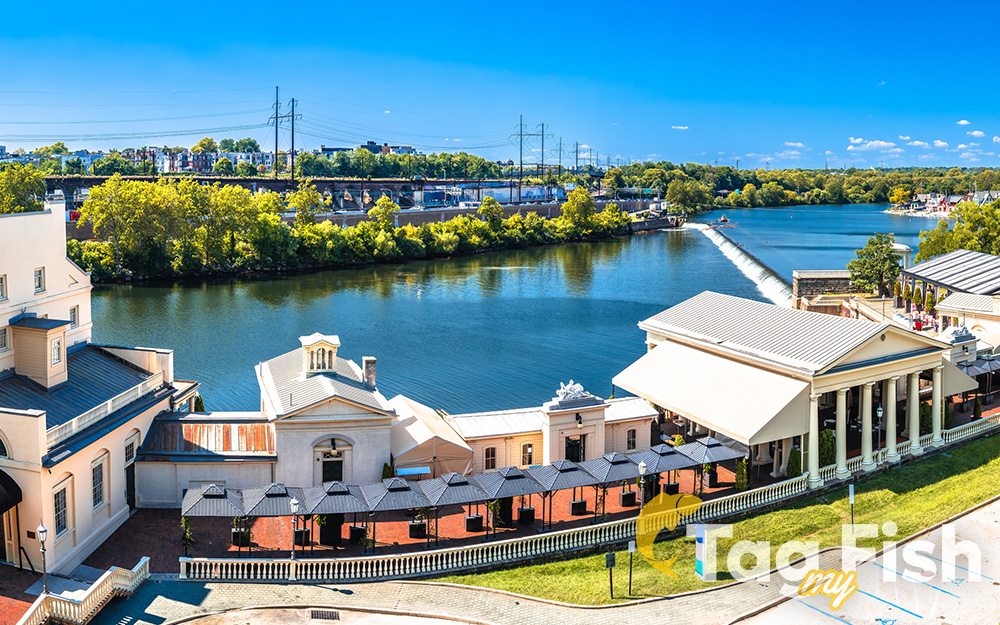
Largest tributaries
Perciformes - Perches
Salmoniformes - Salmons and Trouts
Esociformes - Pikes
Siluriformes - Catfishes
Centrarchiformes - Basses and sunfishes
Cypriniformes - Carps
Acipenseriformes - Sturgeons and Paddlefish
Anabantiformes - Gouramies and snakeheads
Amiiformes - Bowfins
Clupeiformes - Herrings
Acanthuriformes - Surgeonfishes
Anguilliformes - Eels and morays
Moroniformes - Temperate basses
Perciformes - Perches
Salmoniformes - Salmons and Trouts
Esociformes - Pikes
Siluriformes - Catfishes
Centrarchiformes - Basses and sunfishes
Cypriniformes - Carps
Acipenseriformes - Sturgeons and Paddlefish
Anabantiformes - Gouramies and snakeheads
Amiiformes - Bowfins
Clupeiformes - Herrings
Acanthuriformes - Surgeonfishes
Anguilliformes - Eels and morays
Moroniformes - Temperate basses
The Schuylkill River is a river in eastern Pennsylvania. It flows for 135 miles (217 km) from Pottsville southeast to Philadelphia, where it joins the Delaware River as one of its largest tributaries.
The river’s watershed of about 2,000 sq mi (5,180 km2) lies entirely within the state of Pennsylvania, stretching from the Ridge-and-Valley Appalachians through the Piedmont to the Atlantic Plain.
Historically the Schuylkill lay within the territory of the Susquehannock and Lenape peoples. In 1682, William Penn founded the city of Philadelphia between the Schuylkill and Delaware rivers on lands purchased from the Lenape. The Schuylkill River became key in the development of the city and the surrounding region.
While long used for transport, the river was made fully navigable via the Schuylkill Canal in 1825, followed by the construction of the Reading Railroad Main Line in 1838 and the Pennsylvania Railroad Schuylkill Branch in 1884. Through these corridors, millions of tons of anthracite coal flowed down the Schuylkill from Pennsylvania\\\\\\\\\\\\\\\’s Coal Region. The canal was abandoned in 1931, while the Schuylkill Expressway was completed in 1959.
Industrial pollution and mining silt plagued the river in the 19th and 20th centuries. Early concerns over water quality led to the creation of Fairmount Park in 1812. Protections came with the 1972 passing of the Clean Water Act, and the Schuylkill was designated as the first Pennsylvania Scenic River in 1978. Water quality has largely recovered in the years since.
The Schuylkill River above Fairmount Dam has been a major rowing venue since the founding of the Schuylkill Navy in 1858. In recent decades the Schuylkill River Trail cycle and foot path has been constructed along the river. The Schuylkill Heritage Corridor was designated a Pennsylvania Heritage Park in 1995 and a National Heritage Area in 2000 to promote the river\\\\\\\\\\\\\\\’s historic, environmental, and recreational significance.
